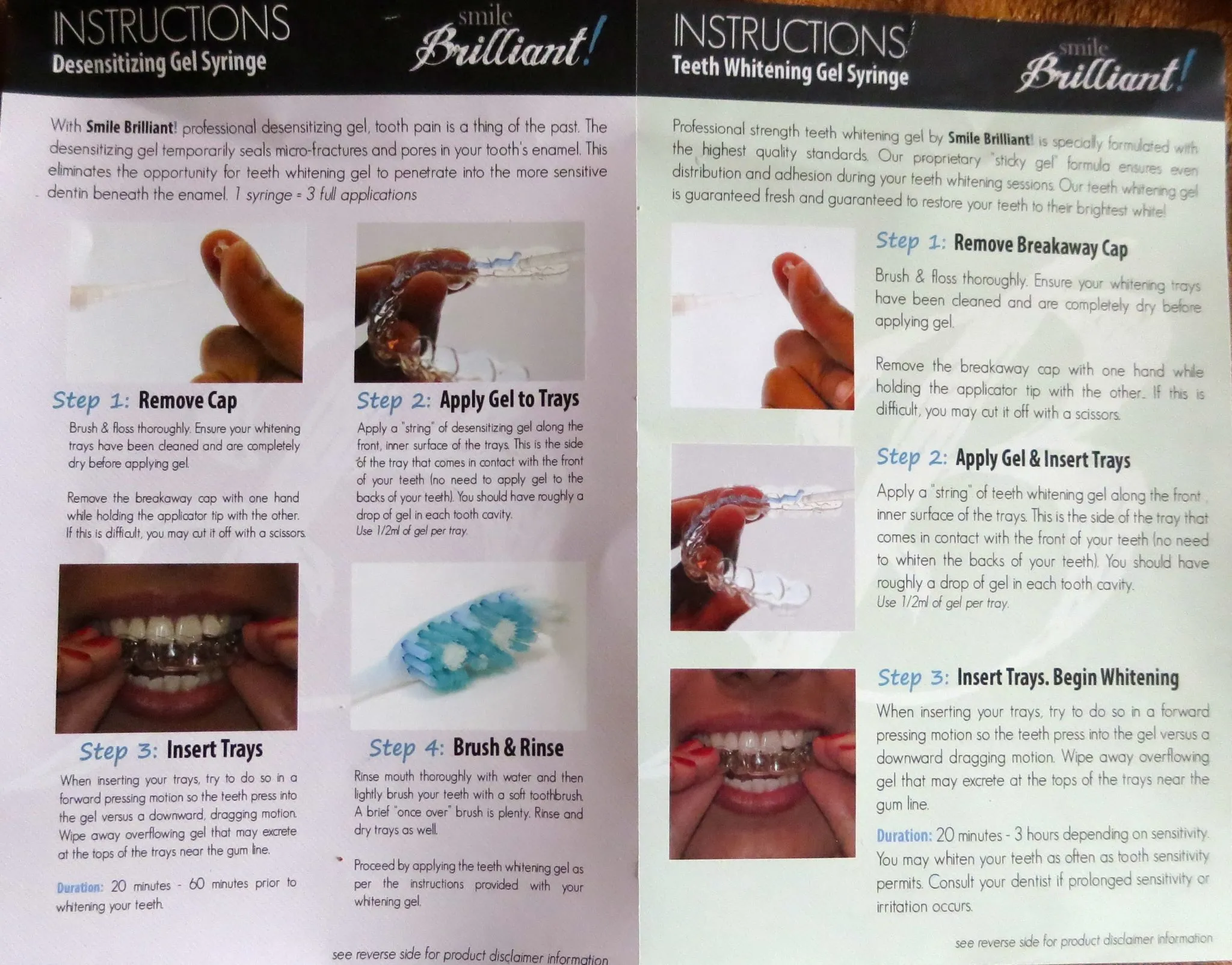What is Smile Teeth Whitening
Smile teeth whitening is a cosmetic dental procedure designed to lighten the shade of your teeth, improving the appearance of your smile. This process involves removing stains and discoloration from the enamel surface of your teeth, resulting in a brighter, more youthful appearance. The effectiveness of teeth whitening depends on the type of stains and the method used. It is a popular choice for those looking to boost their confidence and enhance their overall aesthetic appeal. There are several methods available, from professional treatments to at-home kits, all aiming to achieve a dazzling, white smile. This quick guide will help you navigate the process and achieve the smile you desire.
Types of Smile Teeth Whitening
There are several methods available for teeth whitening, each with its own advantages and considerations. Understanding these options helps you choose the best approach for your needs and desired results. The main categories include professional whitening treatments conducted by dentists, convenient at-home kits, and over-the-counter products readily available in stores. The choice often depends on the degree of whitening desired, your budget, and your lifestyle.
Professional Whitening

Professional teeth whitening, performed by a dentist, often yields the most dramatic and immediate results. These treatments typically involve a higher concentration of bleaching agents, such as hydrogen peroxide, applied directly to the teeth under controlled conditions. The dentist may use a special light or laser to accelerate the whitening process. Professional whitening is generally considered the safest option, as it is performed under the supervision of a trained professional who can monitor the process and address any sensitivity issues. The results can last for several months or even years, depending on your habits.
At-Home Whitening Kits
At-home teeth whitening kits offer a convenient and more affordable alternative to professional treatments. These kits typically include custom-fitted trays, a whitening gel, and detailed instructions. The trays are designed to fit snugly over your teeth, ensuring even application of the gel. The whitening gel contains a lower concentration of bleaching agents compared to professional treatments, so results may take longer to appear. It is crucial to follow the instructions carefully to avoid potential side effects, such as gum irritation or tooth sensitivity. Regular use, as directed, can still produce noticeable results.
Over-the-Counter Products
Over-the-counter (OTC) teeth whitening products, such as whitening strips, toothpastes, and mouthwashes, are the most accessible and budget-friendly option. These products typically contain lower concentrations of whitening agents than at-home kits or professional treatments. Whitening strips are easy to use and adhere directly to the teeth. Whitening toothpastes and mouthwashes help remove surface stains and can contribute to a brighter smile over time. The results from OTC products are generally more subtle and may require consistent use over a longer period. It’s important to check the ingredients and follow the instructions carefully to ensure effectiveness and safety.
Preparing for Smile Teeth Whitening

Before embarking on any teeth whitening procedure, proper preparation is essential to ensure the best possible outcome and minimize potential risks. This involves consulting with a dentist, assessing your teeth’s condition, and understanding the process. Taking these steps will help you make an informed decision and achieve the desired results safely and effectively. A thorough evaluation by a dental professional is crucial to determine the suitability of teeth whitening and to address any underlying dental issues.
Consultation with a Dentist
A consultation with your dentist is the first and most important step. Your dentist will examine your teeth and gums to ensure that you are a suitable candidate for teeth whitening. They will check for existing dental problems, such as cavities, gum disease, or cracked teeth, which may need to be addressed before proceeding with whitening. Your dentist can also advise on the best whitening method for your specific needs and expectations. This consultation helps to identify any potential risks and provides personalized guidance for achieving the best results. They can also address any concerns you may have and explain the process in detail. (teeth-whitening-assessment.webp)
Assessing Your Teeth
During your consultation, your dentist will assess your teeth for various factors. They will evaluate the type and extent of staining, as some stains respond better to whitening than others. They will also check for existing dental work, such as fillings, crowns, and veneers, as these materials do not whiten with bleaching agents. The dentist will also consider the overall health of your teeth and gums, ensuring that you have no underlying issues that could be exacerbated by the whitening process. A thorough assessment ensures that the whitening treatment is safe and effective for your individual case. (teeth-whitening-assessment.webp)
Understanding the Process
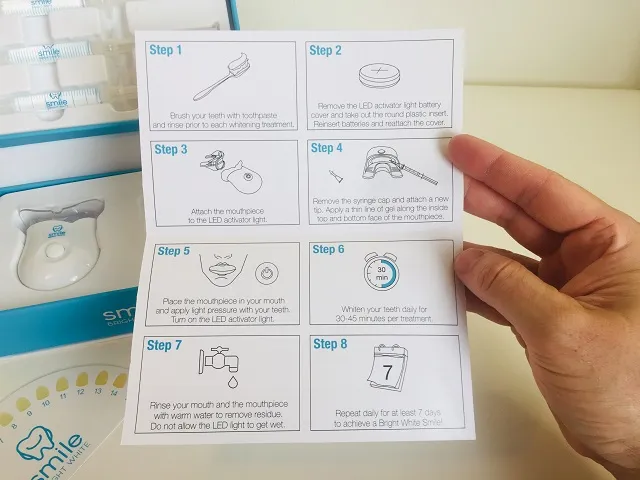
Understanding the teeth whitening process helps you set realistic expectations and be prepared for the procedure. Your dentist will explain how the whitening agent works, the potential side effects, and the expected results. You will learn about the different types of whitening treatments available and how each one is administered. You’ll also receive instructions on how to care for your teeth after the procedure. Understanding the process ensures you are comfortable and informed throughout the treatment, allowing you to achieve the best possible outcome. Asking questions and clarifying any doubts will further enhance your understanding and peace of mind. (teeth-whitening-process.webp)
The Step-by-Step Guide
Following a step-by-step guide ensures that you perform the teeth whitening procedure correctly, maximizing the effectiveness and minimizing potential side effects. This guide provides a clear and concise overview of each step, from the initial assessment to aftercare. Whether you are using an at-home kit or undergoing a professional treatment, this detailed guide will help you achieve a brighter, whiter smile safely and effectively. Always follow the specific instructions provided by your dentist or the product manufacturer. (teeth-whitening-process.webp)
Step 1 Initial Assessment
Before starting any teeth whitening procedure, a thorough assessment is essential. This involves consulting with your dentist to determine your suitability for teeth whitening. The dentist will examine your teeth and gums, checking for any existing dental issues such as cavities or gum disease that need to be addressed before whitening. They will also evaluate the type and extent of staining and recommend the most appropriate whitening method. This step ensures that the procedure is safe and effective for your specific needs. (teeth-whitening-assessment.webp)
Step 2 Tray Preparation
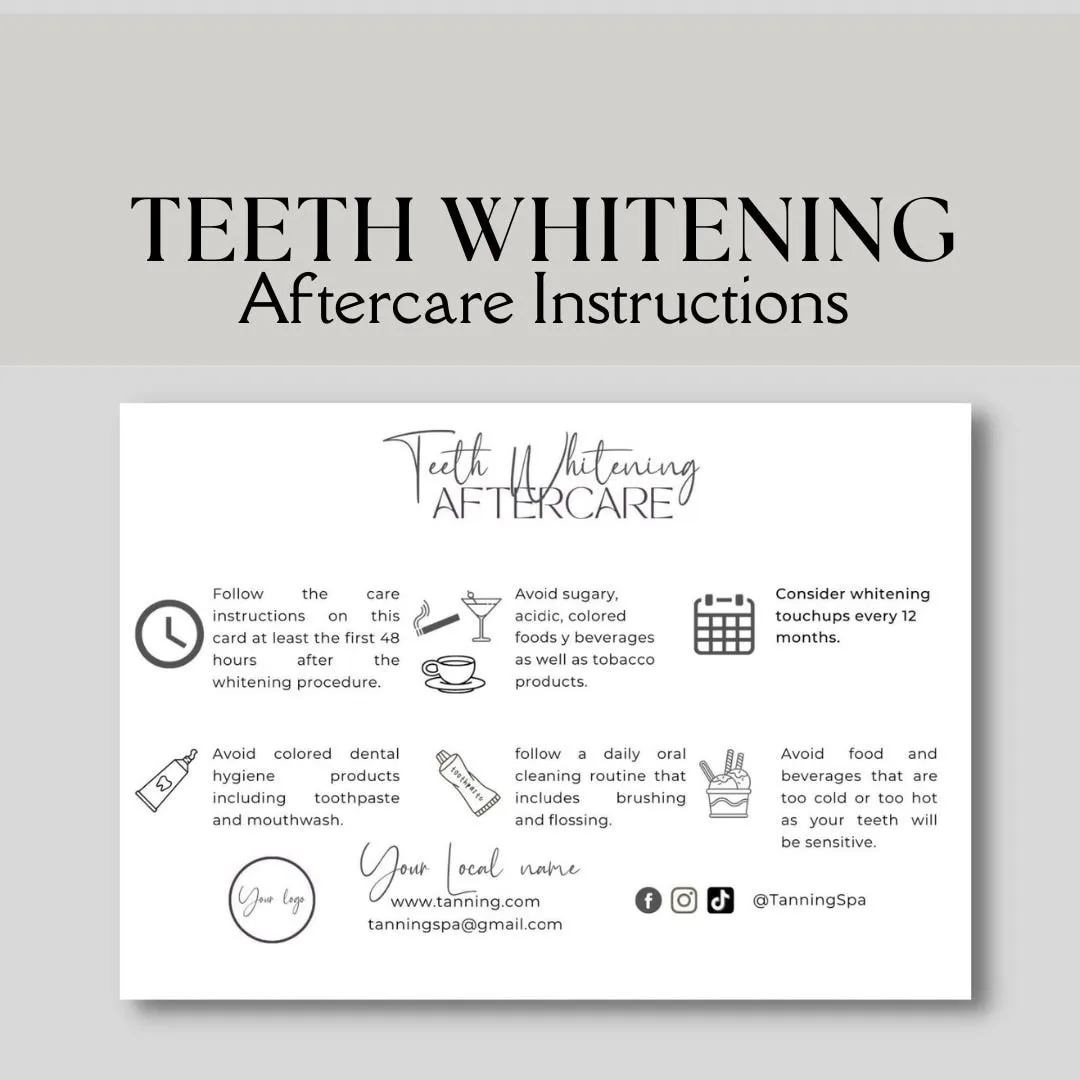
If you are using an at-home whitening kit, this step involves preparing the custom-fitted trays. The trays are designed to fit snugly over your teeth, ensuring that the whitening gel is evenly distributed. Follow the instructions provided with your kit to mold the trays to your teeth. This may involve using warm water to soften the trays and then biting down gently to create an impression. Proper tray preparation is crucial for effective whitening and minimizing gum irritation. Ensure that the trays fit comfortably and do not cause any pressure on your gums. (at-home-teeth-whitening.webp)
Step 3 Applying the Whitening Gel
Once the trays are prepared, the next step is to apply the whitening gel. Use the syringe provided with your kit to carefully dispense a small amount of gel into each tooth impression on the tray. Avoid overfilling the trays, as this can cause the gel to leak out and irritate your gums. Follow the instructions on the product label for the recommended amount of gel. Ensure that the gel is evenly distributed across the teeth surfaces. Use a mirror to ensure accurate application. (teeth-whitening-gel.webp)
Step 4 Wearing the Tray
After applying the gel, insert the trays into your mouth, ensuring they fit securely over your teeth. Follow the recommended wearing time as specified in the product instructions or by your dentist. This can range from a few minutes to several hours, depending on the concentration of the whitening agent. Avoid eating or drinking anything while wearing the trays, as this can affect the whitening process. If you experience any discomfort or sensitivity, remove the trays and consult with your dentist. (teeth-whitening-process.webp)
Step 5 Aftercare and Maintenance
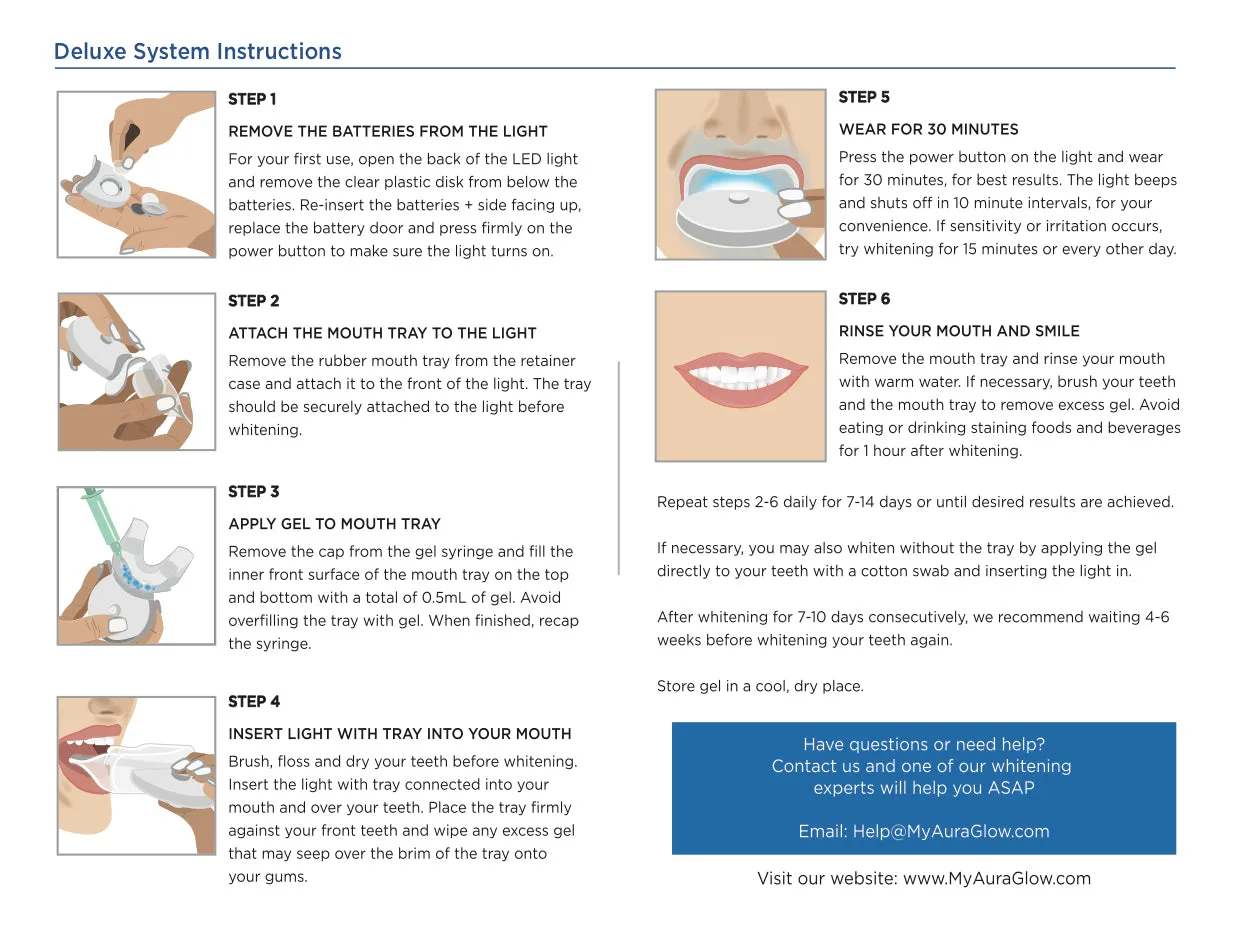
After removing the trays, rinse your mouth thoroughly with water to remove any remaining gel. Brush your teeth gently with a soft-bristled toothbrush. Avoid eating or drinking foods and beverages that can stain your teeth, such as coffee, tea, red wine, and berries, for at least the next 24 hours. Continue practicing good oral hygiene, including brushing twice a day and flossing daily, to maintain your results. Consider using a whitening toothpaste or mouthwash to help maintain your brighter smile. Regular check-ups with your dentist will help monitor the effectiveness of the whitening and address any concerns. (oral-hygiene.webp)
Common Mistakes to Avoid
Avoiding common mistakes ensures a safe and effective teeth whitening experience. Certain habits and practices can hinder the whitening process or lead to unwanted side effects. Being aware of these pitfalls helps you achieve the best possible results and maintain a healthy, radiant smile. Careful adherence to instructions and avoiding these common errors will enhance your teeth whitening experience. (white-smile.webp)
Eating Certain Foods
Consuming certain foods and drinks can stain your teeth and reverse the effects of teeth whitening. Avoid or limit the intake of dark-colored foods and beverages such as coffee, tea, red wine, berries, and tomato-based sauces during and immediately after the whitening process. These items contain pigments that can easily stain your teeth. Opt for a diet rich in lighter-colored foods, such as chicken, fish, rice, and vegetables. Rinsing your mouth with water after consuming potentially staining foods can also help minimize their impact. (avoiding-stain-causing-foods.webp)
Smoking
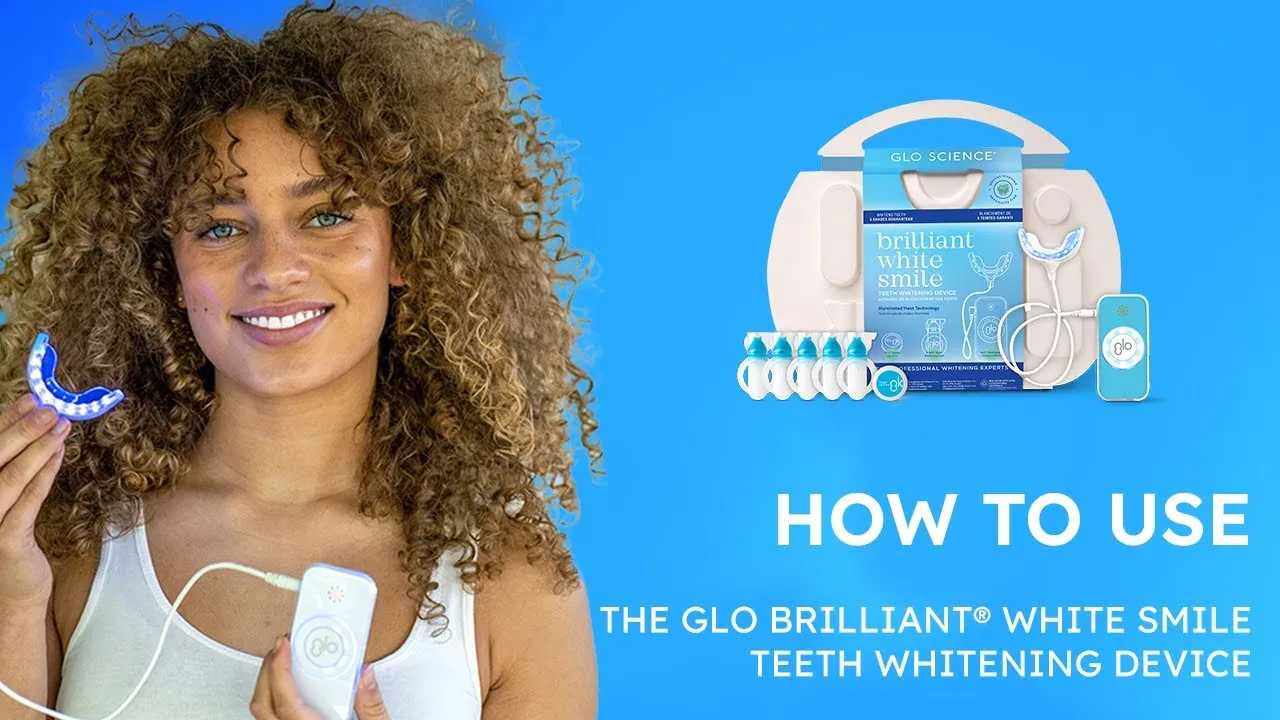
Smoking is a major contributor to teeth discoloration and significantly reduces the effectiveness of teeth whitening treatments. Nicotine and tar in cigarettes stain the teeth, leading to a yellow or brownish appearance. If you smoke, quitting is crucial for achieving and maintaining a white smile. Smoking also increases the risk of other oral health problems, such as gum disease and oral cancer. If you are a smoker, consult with your dentist or a healthcare professional for resources to help you quit. (professional-teeth-whitening.webp)
Not Following Instructions
Failure to follow the instructions provided by your dentist or the product manufacturer can compromise the effectiveness and safety of teeth whitening. Carefully read and understand all instructions before starting the procedure. This includes the application of the whitening gel, the recommended wearing time, and the aftercare guidelines. Incorrect usage can lead to uneven whitening, gum irritation, or other complications. If you have any questions or concerns, always consult with your dentist. Following the instructions precisely ensures you achieve the best possible results. (teeth-whitening-process.webp)
Tips for Maintaining Your White Smile
Maintaining your white smile requires consistent effort and good oral hygiene practices. Proper care helps preserve the results of your teeth whitening treatment and ensures long-term oral health. Integrating these tips into your daily routine will contribute to a brighter, healthier smile for years to come. (white-smile.webp)
Oral Hygiene
Maintaining excellent oral hygiene is fundamental to preserving a white smile. Brush your teeth at least twice a day for two minutes each time, using a fluoride toothpaste. Floss daily to remove plaque and food particles from between your teeth. Consider using an antibacterial mouthwash to reduce bacteria and freshen your breath. Regular brushing and flossing help remove surface stains and prevent the buildup of plaque and tartar, which can contribute to discoloration. Use a soft-bristled toothbrush and replace it every three months. (oral-hygiene.webp)
Regular Dental Check-ups
Regular dental check-ups are essential for maintaining a healthy and bright smile. Visit your dentist every six months for professional cleanings and examinations. Your dentist can remove any surface stains that may have accumulated and identify any potential dental problems early on. Professional cleanings help keep your teeth clean and polished, enhancing the effects of your whitening treatment. Your dentist can also provide personalized advice on maintaining your white smile and addressing any concerns. (professional-teeth-whitening.webp)
Avoiding Stain-Causing Foods
To maintain your white smile, it is essential to minimize your consumption of stain-causing foods and beverages. Limit your intake of coffee, tea, red wine, and dark-colored berries. Rinse your mouth with water or brush your teeth after consuming these items to reduce the risk of staining. Consider using a straw when drinking beverages that can stain your teeth. Being mindful of your diet helps prolong the effects of your teeth whitening treatment and keeps your smile radiant. (avoiding-stain-causing-foods.webp)
Conclusion
Teeth whitening can significantly enhance your smile and boost your confidence. Following these instructions and incorporating these tips into your routine will help you achieve and maintain a brighter, whiter smile. Remember to consult with your dentist before starting any teeth whitening procedure to ensure it is safe and effective for you. With the right approach, you can achieve a dazzling smile that you’ll be proud to show off. Consistent care and attention will allow you to enjoy the benefits of a beautiful, white smile for years to come. (white-smile.webp)
